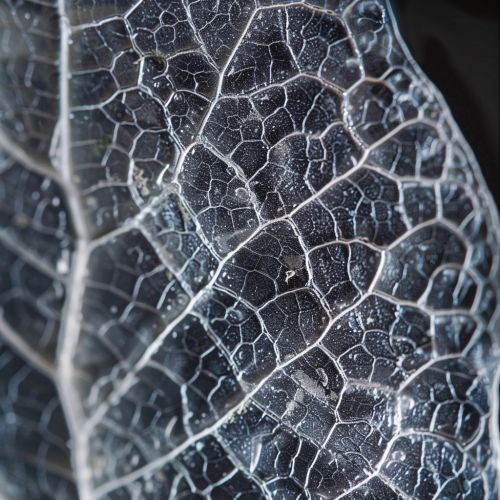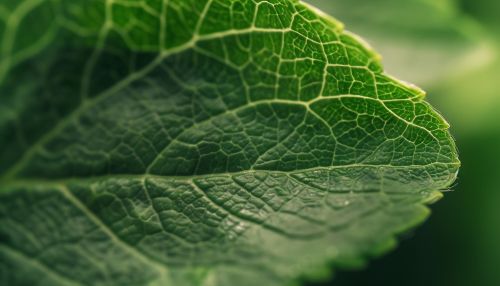DIY Extraction of Plant Growth Regulators
Introduction
Plant growth regulators (PGRs), also known as plant hormones, are chemicals that regulate the growth and development of plants. They are naturally produced by plants, but can also be synthesized in the laboratory. The extraction of these regulators from plants is a common practice in plant physiology and botany, and can be done using simple DIY methods. This article provides a detailed guide on how to extract plant growth regulators from plants.
Overview of Plant Growth Regulators
Plant growth regulators are divided into five major classes: auxins, gibberellins, cytokinins, abscisic acid, and ethylene. Each class has a specific role in plant growth and development. For instance, auxins promote cell elongation, while gibberellins stimulate stem elongation and seed germination. Cytokinins promote cell division, and abscisic acid is involved in seed dormancy and drought tolerance. Ethylene, on the other hand, is a gaseous hormone that promotes fruit ripening and leaf abscission.


Extraction of Plant Growth Regulators
The extraction process of plant growth regulators involves several steps, including sample preparation, extraction, and purification.
Sample Preparation
The first step in the extraction process is sample preparation. This involves selecting the appropriate plant material, such as leaves, stems, or roots, depending on the type of plant growth regulator to be extracted. The plant material is then cleaned and cut into small pieces to increase the surface area for extraction.
Extraction
The extraction process involves soaking the plant material in a suitable solvent, such as ethanol or acetone, to dissolve the plant growth regulators. The mixture is then agitated to facilitate the extraction process. This can be done using a shaker or a magnetic stirrer. After extraction, the mixture is filtered to remove the solid plant material, leaving a solution containing the plant growth regulators.
Purification
The final step in the extraction process is purification. This involves removing the solvent from the solution to obtain the pure plant growth regulators. This can be done using a rotary evaporator or a freeze dryer. After purification, the plant growth regulators can be stored for future use or analyzed using various analytical techniques, such as high performance liquid chromatography (HPLC) or mass spectrometry.
Applications of Extracted Plant Growth Regulators
Extracted plant growth regulators have various applications in agriculture and horticulture. They can be used to enhance plant growth, improve crop yield, and control plant diseases. They can also be used in plant tissue culture, a technique used to grow plants under controlled conditions for research and commercial purposes.
Safety Considerations
While the extraction of plant growth regulators is a relatively safe process, certain safety considerations should be taken into account. These include the use of appropriate personal protective equipment, such as gloves and goggles, and the safe handling and disposal of solvents and other chemicals used in the extraction process.
Conclusion
The extraction of plant growth regulators is a fundamental technique in plant physiology and botany. It allows scientists and researchers to study the role of these regulators in plant growth and development, and to develop new methods and strategies for improving plant health and productivity.
